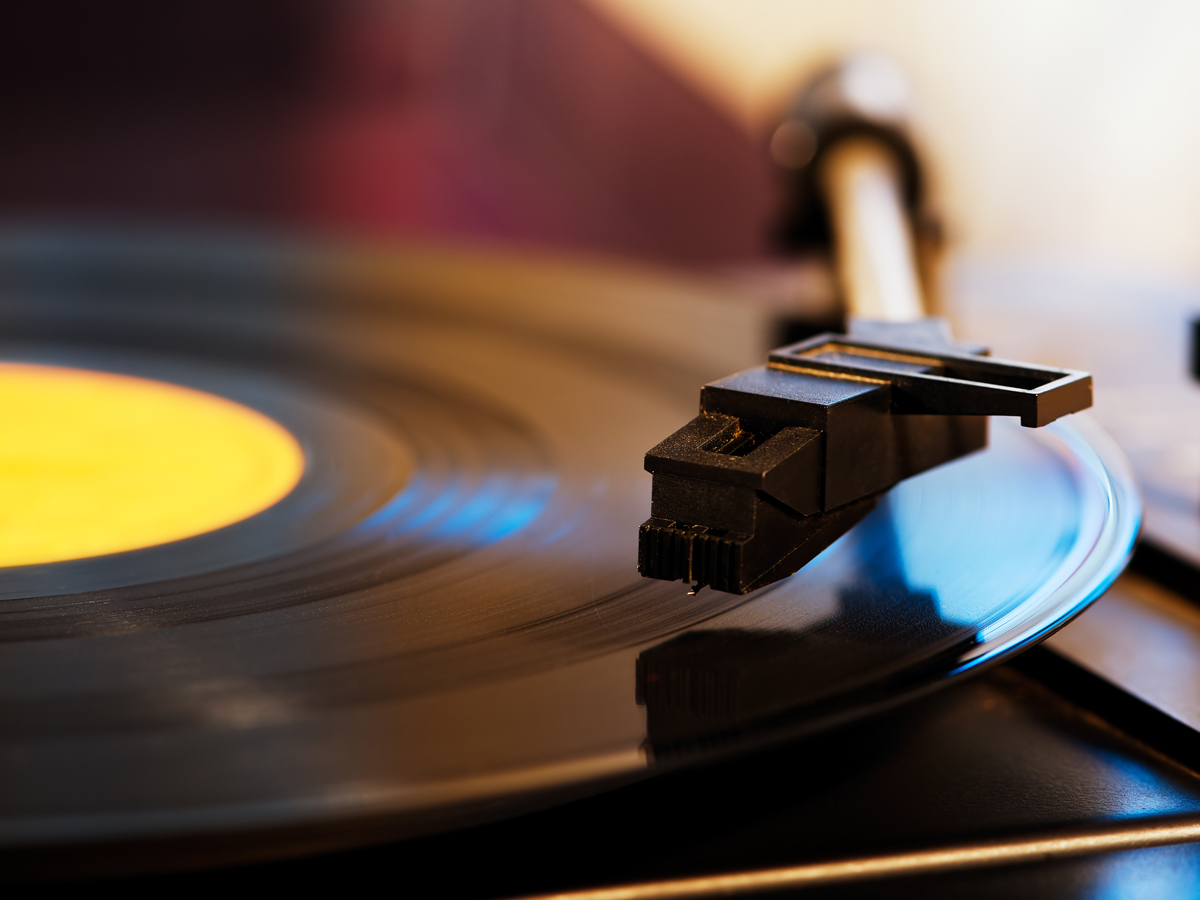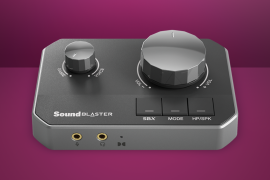How hi-res audio is rescuing us from a music Dark Age
We’ve endured a music quality wasteland in pursuit of convenience. With the rise of hi-res audio we can have both quality and accessibility

It was late in 2001 that Apple released its first iPod. It wasn’t the first portable hard-drive player to market, not by a distance, but it was so beautifully designed and so intuitive in operation it made its rivals look like antiques. And once Apple came to its senses and ditched the iPod’s Mac-only compatibility (which only took until 2004), it was well on its way to ubiquity.
The iPod embodies everything that’s seductive about digital music storage. It’s a brilliantly realised piece of technology, and it makes just as much a virtue of its design, its usability, its desirability and its simple modernity as it does its actual function. In 2001 it was entirely seductive.
READ MORE: How tech is shaping the future of story telling
And on first acquaintance (and second, and third and so on for quite some time), the iPod seemed to marry form and function beautifully. Not only was it a delightful thing, it could store an absolute mountain of music. A thousand songs! Ten thousand if you buy the model with the biggest memory. Hours, days, weeks of tunes, right there in your pocket. It was like some kind of 21st-century witchcraft.
Less is less
Of course it was all too good to be true. Eventually the spell was broken, the Emperor had no clothes. Or rather, the Emperor was wearing about 10% of what any decent tailor will tell you constitutes an outfit.
The problem is compression. The temptation to cram as much music as possible onto a given amount of memory was just too much to resist, and so music bought from the first incarnation of the iTunes store was downloaded in files that ran at just 128 kilobits per second. Later Apple would double that to 256kbps. No matter how you look at it, though, those numbers are pretty impoverished compared to the uncompressed 1441kbps files that music on compact disc is routinely stored at.

It’s not an enormous leap of logic to realise compressing digital files, stripping away information in the quest to squeeze more files onto a hard-drive can only have a detrimental effect on the quality of their performance. Anyone with ears can hear the difference between the CD playing in their CD player and the compressed, iPod-friendly version they ripped to their hard-drive at 256kbps (or maybe 320kbps for the really conscientious) and loaded onto their iPod. Low frequency extension, high-end brilliance, midrange nuance, detail levels, dynamic variance… you name it, the iPod-borne version goes without.
And so, slowly but inexorably, convenience has ceased constituting the be-all and end-all of music ownership. Everyone likes to have a portable source of music, of course, and the more the merrier, but there’s little in life more frustrating than music reproduced half-arsedly. What’s music for if not to move you in some way? And how’s it supposed to move you when you’ve squeezed the life out of it like some high-tech boa constrictor?
The future takes us back
Serendipitously, high-resolution audio is here to save both the day and the sound quality of the music you love. There’s no real difference in the methodology high-resolution audio employs compared with the digital files discussed above – music is converted (ideally from the master tapes) into digital files, and you buy, download and store them ready for playback through an appropriate device or system. But high-resolution audio is concerned with audio quality, and consequently has no truck with compressing or in any other way interfering with the information in the file.
READ MORE NEW PERSPECTIVES: promoted
Why video games are good for you
That’s why a high-resolution download of a song like Kate Bush’s voice-with-piano ‘Among Angels’ runs at over 5000kbps compared with the 1441kbps of the CD version, 320kbps of streaming or the 256kbps file spending 79p gets you. There is simply a massive amount of information in the high-res file compared with any digital alternative, and consequently the sound is like four-courses-plus-coffee at The Ivy where the 79p version equivalent is a cheese sandwich on white bread. If it’s actual authentic fidelity you’re after, fidelity in the truest sense of the word, high-resolution audio is the only digital game worth playing.
More complex music – complex in the sense of more instruments, more elements, and consequently more information to be recorded – requires even bigger files. Big Star’s September Gurls (which is one of my Desert Island Discs) is getting on for 8000kbps, what with it being voice/drums/bass/guitars and what-have-you. And in both cases, the results are just completely gratifying – all the things about recorded music that are most thrilling are contained in the details, whether harmonic or human, high-resolution audio delivers the details, the out-and-out feel, like no other digital format.
READ MORE: Amazing gadgets made from amazing graphene

(There are caveats, of course – aren’t there always? Obviously if you care about sound quality you’re already prepared to spend, you know, realistic money on your audio equipment – but there’s no two ways about it, it’s hard to achieve on a budget. And the cost of a high-resolution album from one of the increasingly numerous hi-res download sites is seldom less than £15.)
It’s the marriage of sound quality to cutting-edge wireless uber-convenience that makes high-resolution audio so compelling. Vinyl LPs are often held up as paradigms of music reproduction (often by me), and they can sound better than any CD-based system just as CD sounds better than Spotify. But LPs are a massive pain in the neck to store and maintain, let alone turn over every 15 minutes. High-resolution audio does all the stuff you originally loved digital music for – its convenience, its compactness, its utility – but does it all while sounding superb.
It’s your cake. You can eat it.
It’s all there, waiting for you. Portable hi-res players, and smartphones that can handle the files too. Wireless multi-room systems, from brands both upstart and venerable, so your home can easily be hi-res capable in any room. Dedicated (and sometimes gloriously pricey) hi-fi hi-res streamers that will slot straight into your existing system.
All you have to do is experience it and you’ll be hooked.
Simon Lucas is the editor of What Hi-Fi? Sound and Vision magazine



